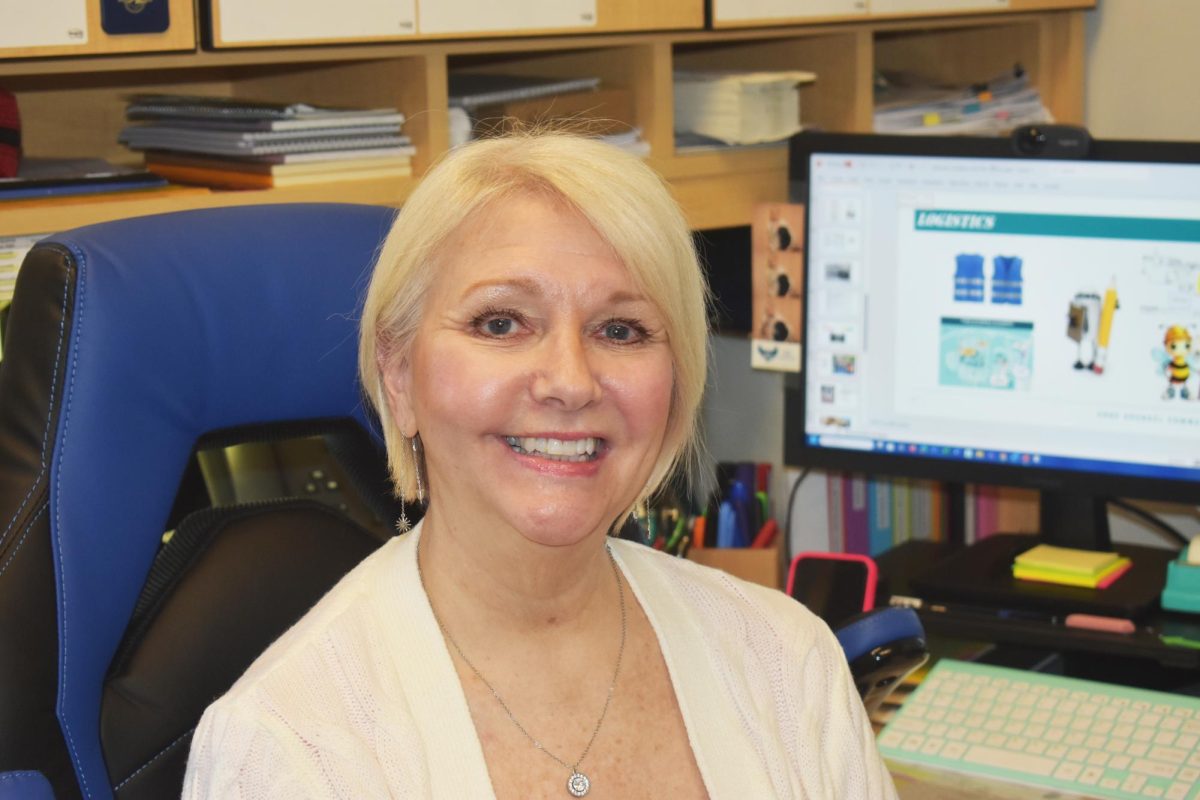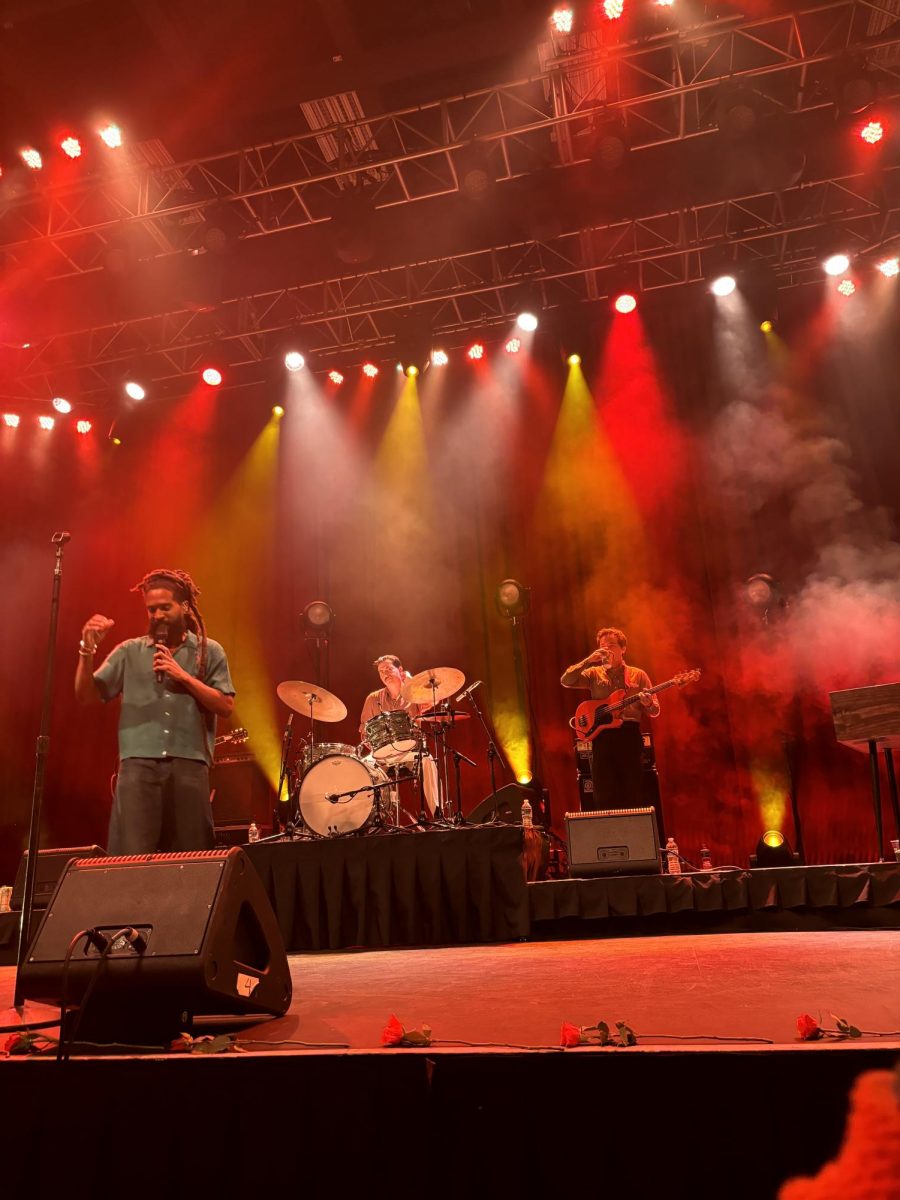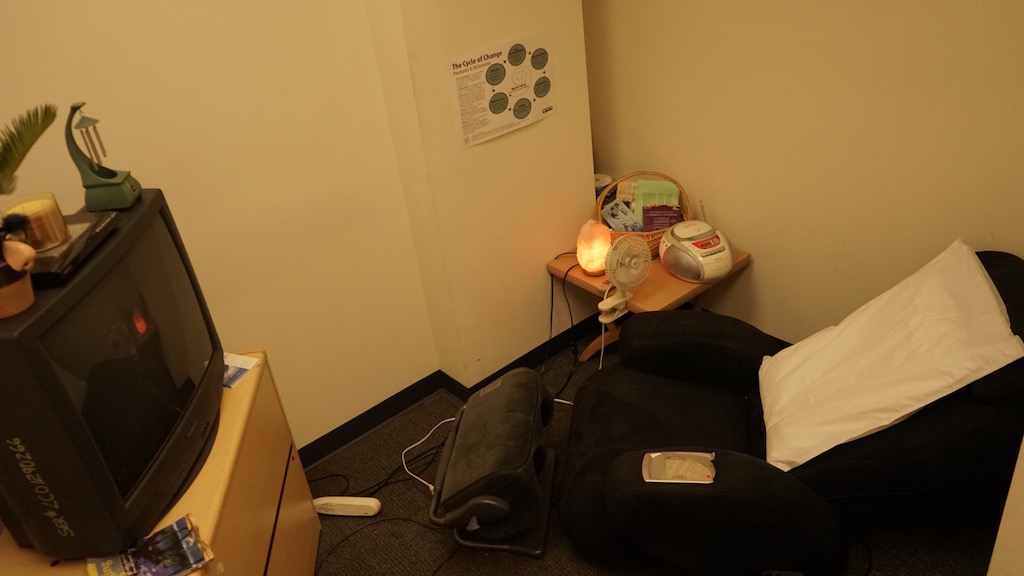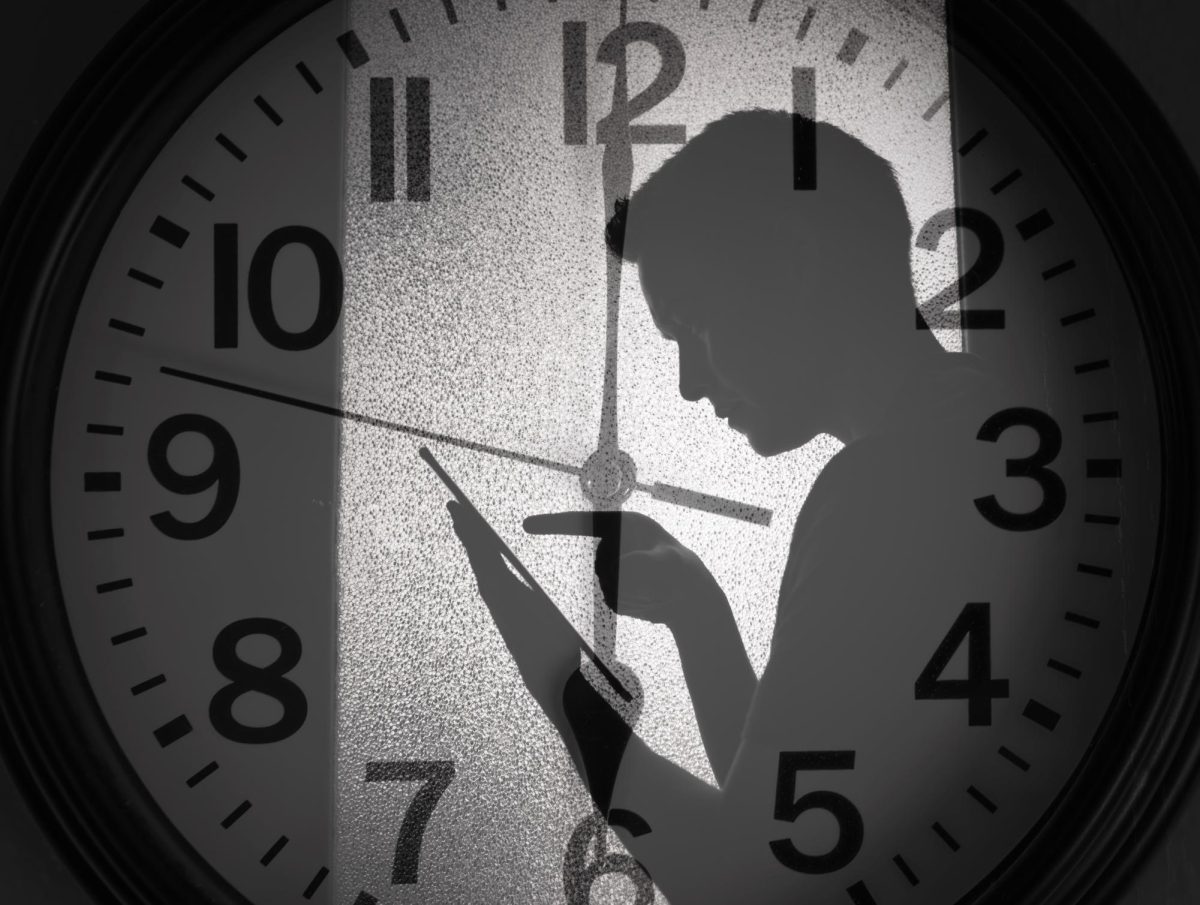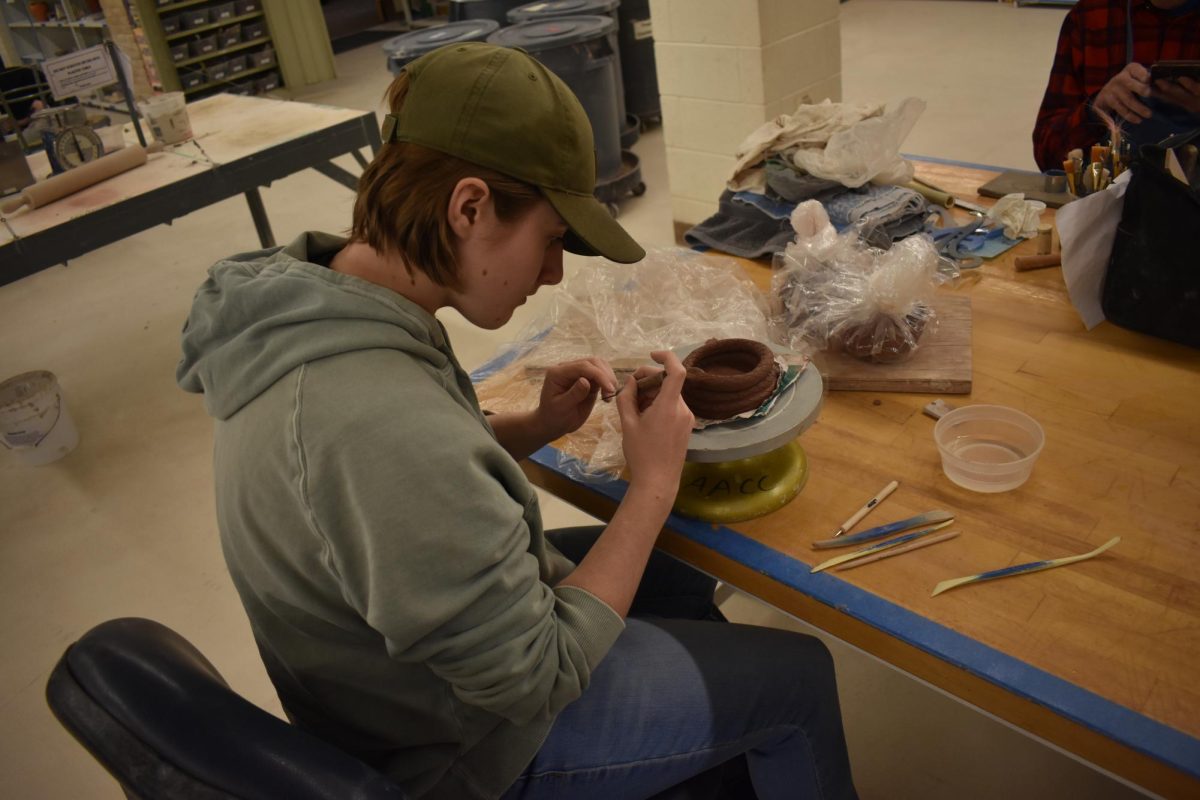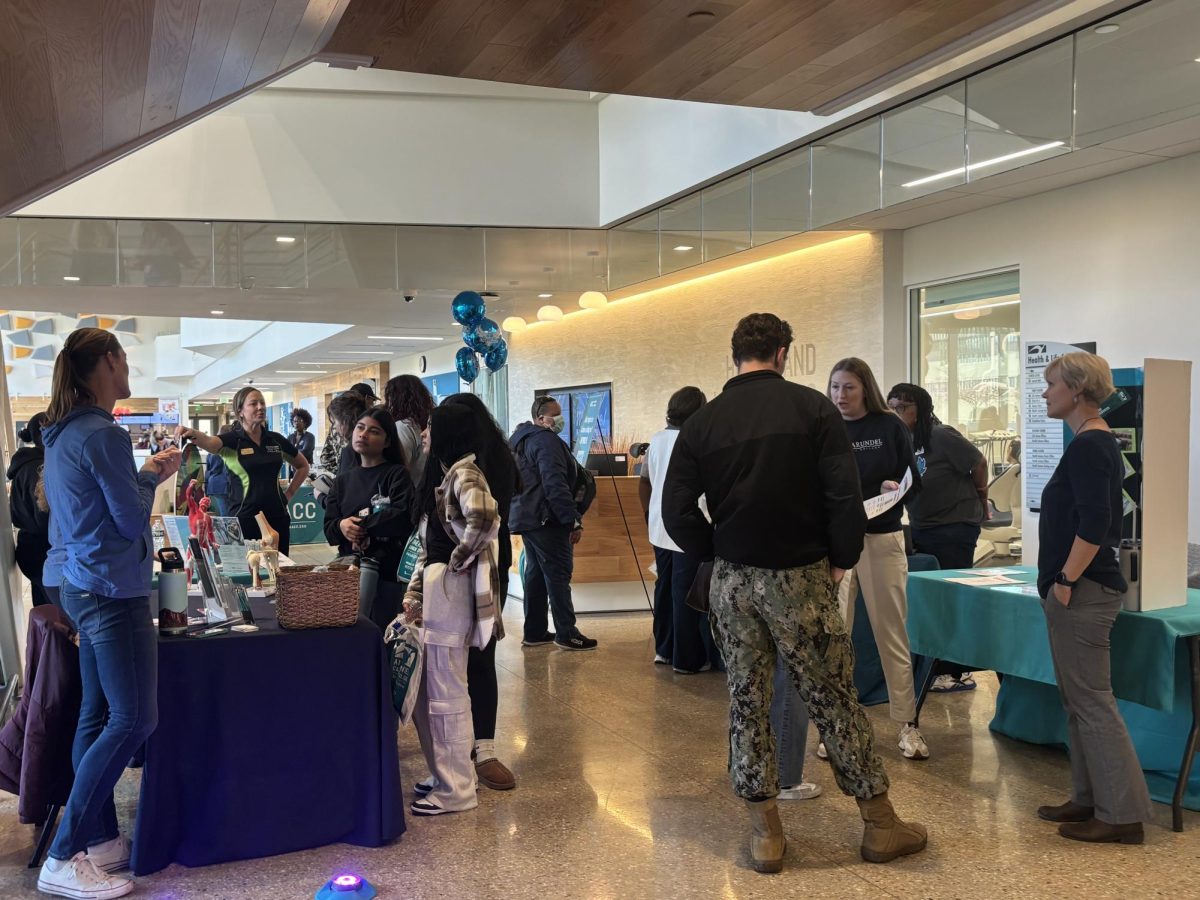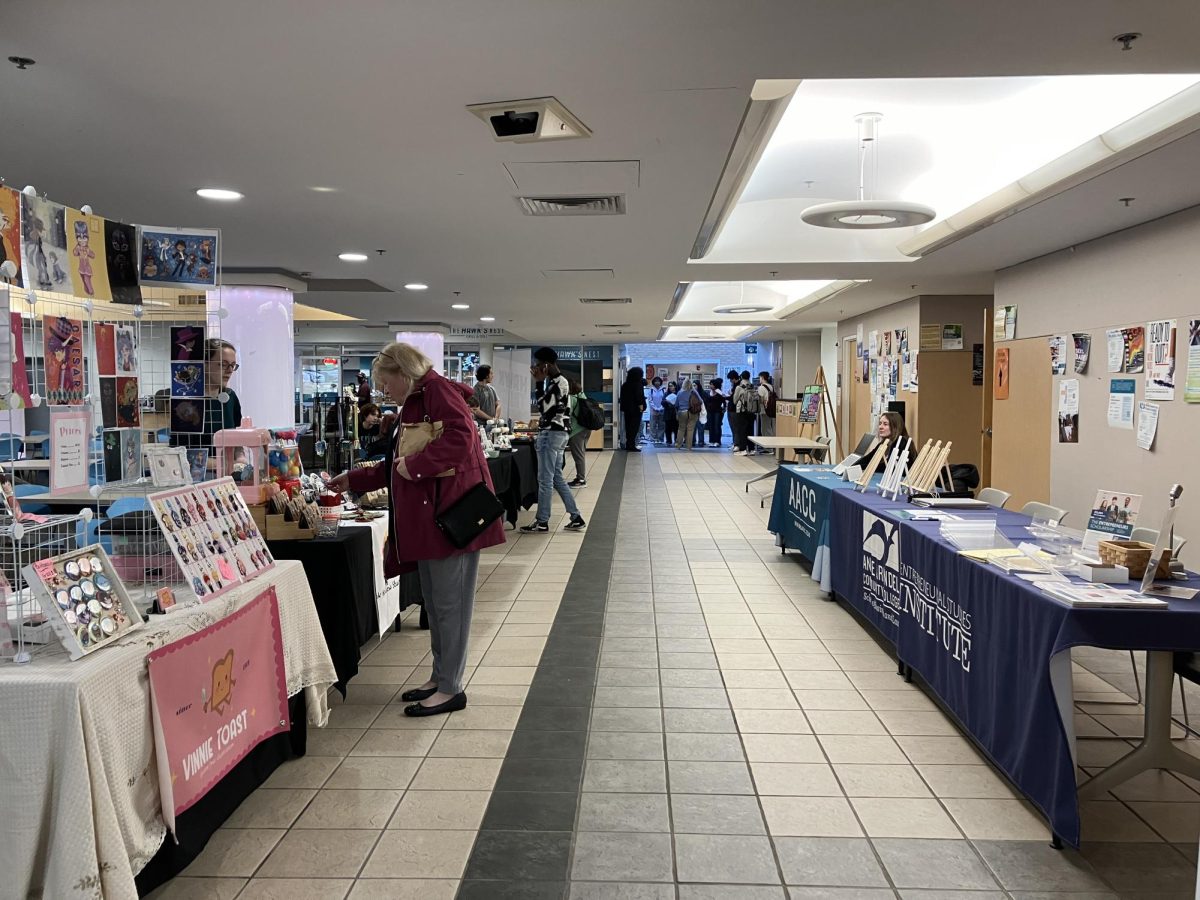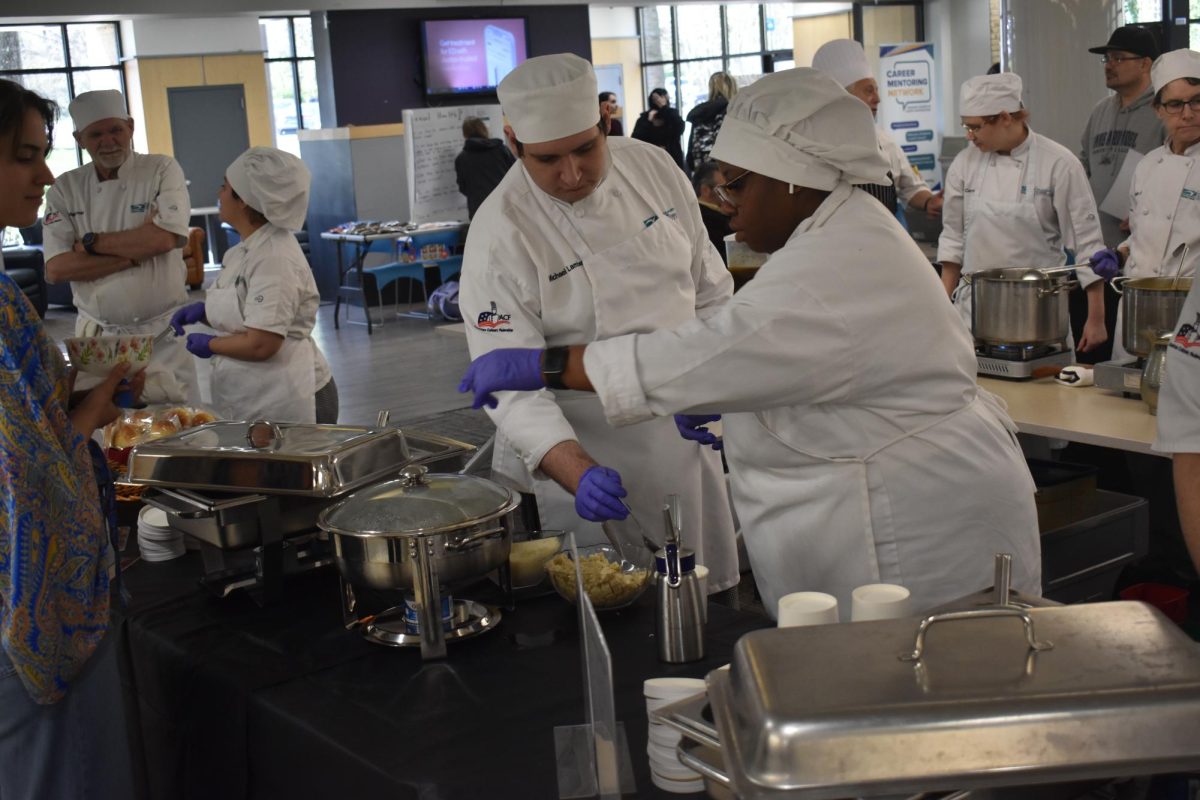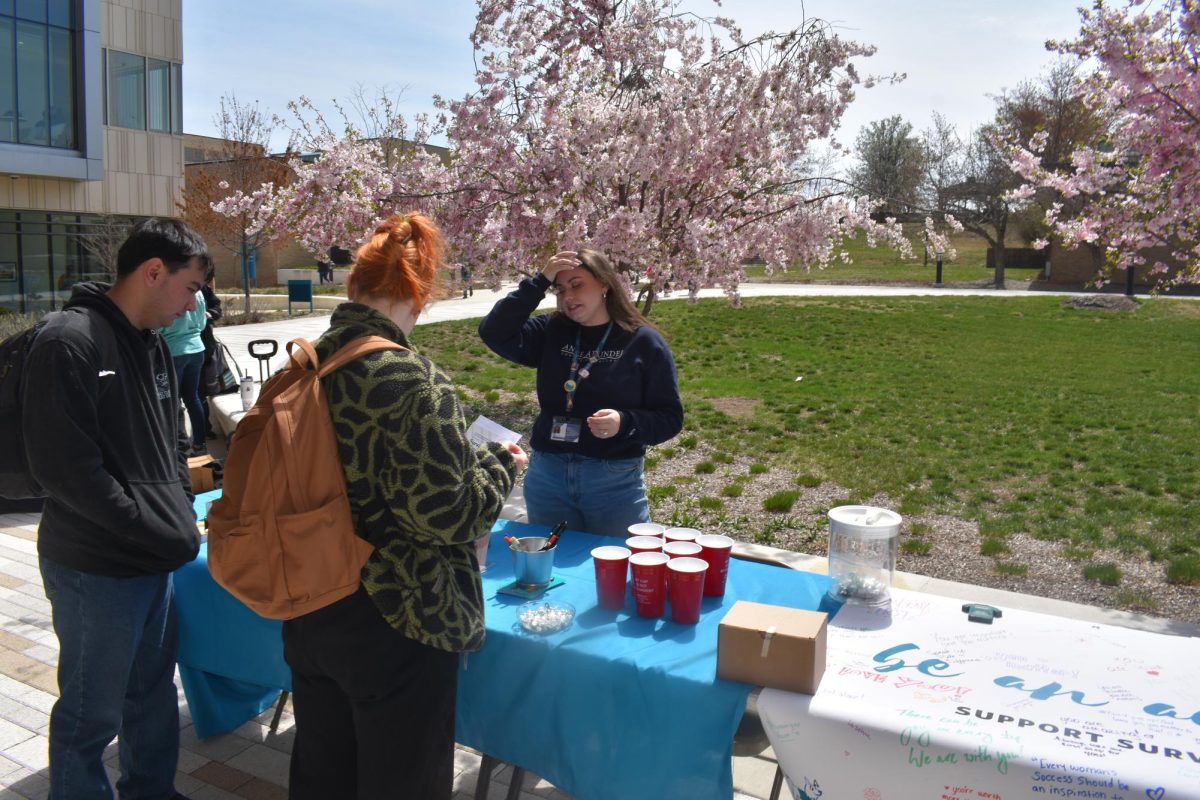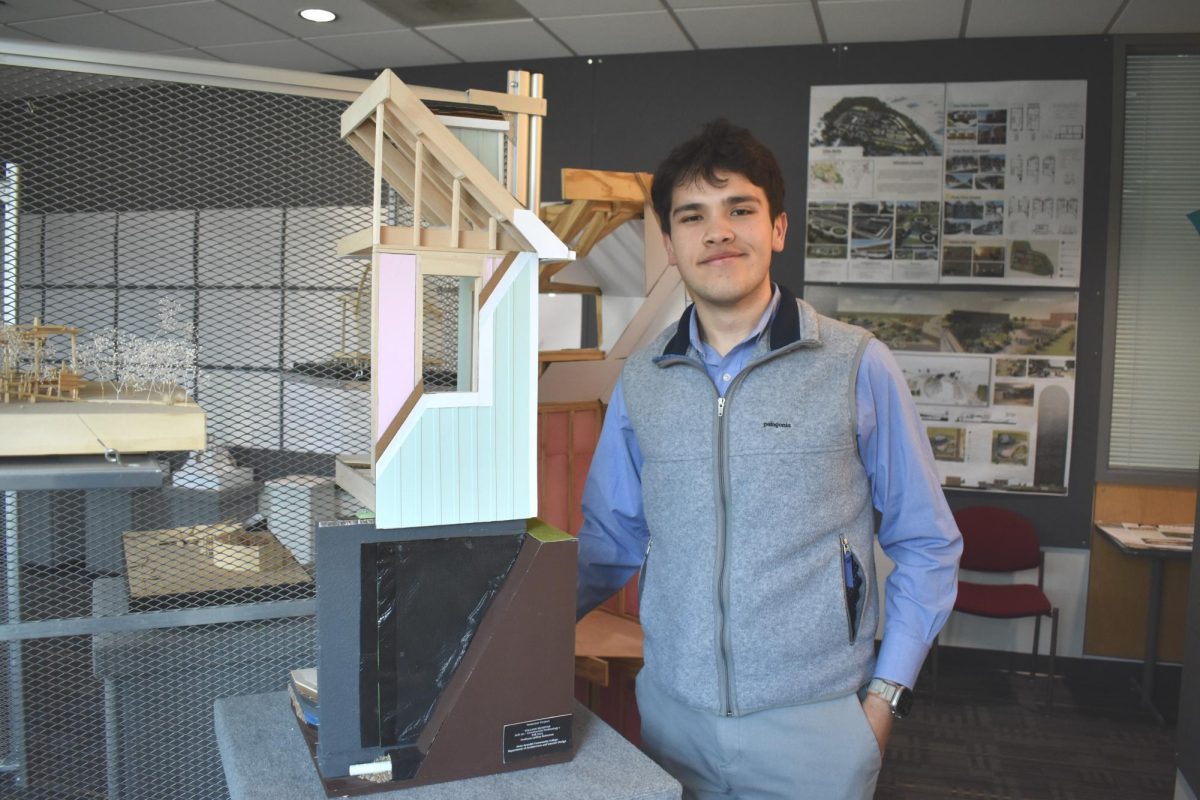Third-year data science student Ev Dahl doesn’t “do super great with loud noises. I don’t do well with flashing lights because they trigger migraines.”
So on Sept. 17, when lights started flashing and speakers all over campus started blasting instructions for the college’s second lockdown drill in a year, Dahl admittedly felt startled.
Public safety officials had publicized the drill in advance. Future drills, however, might not come with notice of a specific date, time or place, Arlene Crow, the campus Public Safety and Police Department’s emergency manager, said.
Instead, police might notify faculty and students that a drill is coming up in a week “because we need to make it as realistic as possible … while still keeping in mind the mental health and responsibilities of students and staff.” Crow acknowledged, “There’s always going to be people that have anxiety about it.”
To address that concern, Crow said, her team made sure one of the college’s three mental health counselors was on campus during each drill. Before the second drill, police asked faculty to show a training video to their classes.
“We felt if we can show you what to do, then you’ll be more comfortable,” Crow said. “I had a couple of professors that would practice with their class to see how quickly they could do it,” Crow said. “And then we had other professors that just said, ‘I’m too busy.’ … It’s for everyone’s protection on campus to participate with it.”
The lockdown drills have followed the recommendations of the National Association of School Psychologists for mitigating the psychological effects of lockdowns, before, during and after.
During the first drill last year, Public Safety conducted “19 different drills [in] 19 different buildings,” Crow said. The Sept. 17 drill was for three buildings to give the exercise “a more natural feel,” Crow said.
Crow said each drill will come closer to simulating an emergency on campus. “It might be a couple of years from now, but someday we’ll do a complete drill,” Crow said. “We’ll do ‘avoid, deny, defend.’… Some people would have to evacuate a building, and then some people would have to lock down.”
Avoid, deny and defend are strategies for dealing with an active shooter.
Crow explained that students can try to get as far away from the danger as possible; hide in place with the lights off and door locked; or aggressively try to stop the shooter and defend themselves.
Public Safety has not conducted an “avoid, deny, defend” drill yet, Crow said, because if a dangerous individual is on campus, people who are untrained to handle the situation “may walk right into harm’s way.”
The next drill will be next semester in the evening so students taking late classes can participate.
After the September drill, “I appreciated the warning,” Dahl noted, adding, “I fully understand that, like, in an actual lockdown, we need flashing lights.”



